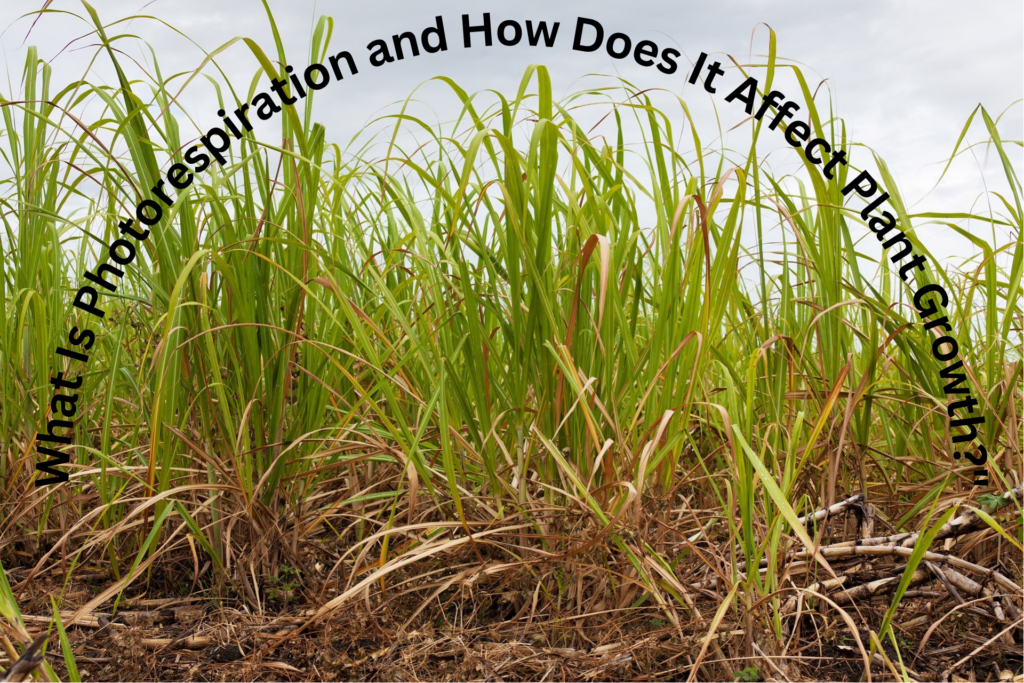Where does Glycolysis occur in Living Cell? Glycolysis complete Notes
Glycolysis Introduction Glycolysis is the first step in cellular respiration and is performed by all types of cells cytoplasm to break down glucose. Krebs Cycle Glycolysis is the process in which the oxidation of glucose occurs in the absence of oxygen in the cytoplasm of the cell. In the whole process of glycolysis, there are …
Where does Glycolysis occur in Living Cell? Glycolysis complete Notes Read More »


